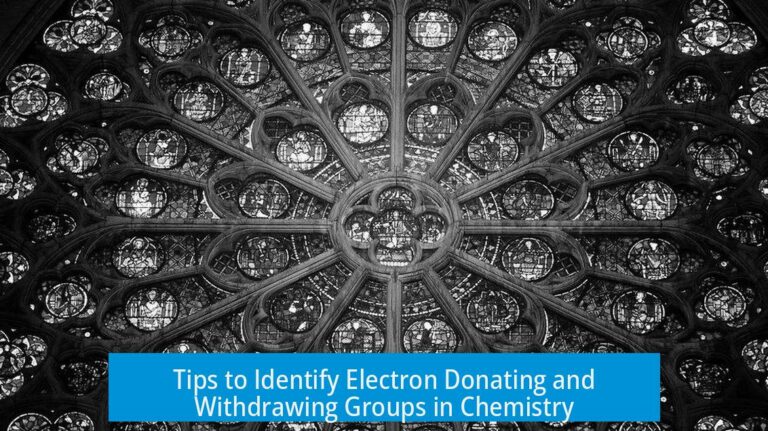Why Pelagibacter ubique is the Most Abundant Bacteria
Pelagibacter ubique is the most abundant bacteria because it combines extreme cellular and genomic streamlining with highly efficient nutrient uptake and metabolic adaptations that suit the oligotrophic marine environment. This bacterium thrives in nutrient-poor waters by maximizing resource use and minimizing energy expenditure, allowing it to dominate oceanic microbial communities.
1. Ecological Niche and Marine Habitat Adaptation
Pelagibacter ubique predominantly inhabits oligotrophic surface and mesopelagic ocean zones. It flourishes where nutrients are scarce but dissolved organic carbon and light are available. It often comprises up to 30% of microbial cells in surface seawater.
- Adapts to varying temperatures and salinity gradients
- Exploits dissolved organic carbon effectively
- Distributed by temperature shifts, nutrient availability, and water column stratification
2. Cellular and Genomic Streamlining
Its tiny size (0.12–0.2 μm diameter) maximizes surface-area-to-volume ratio, enhancing nutrient uptake through passive diffusion. Pelagibacter lacks motility structures like flagella, reflecting energy-saving adaptations.
| Feature | Characteristic | Ecological Advantage |
|---|---|---|
| Genome size | ~1.3 million base pairs, ~1,350 genes | Eliminates non-essential genes, reduces energy for replication |
| Mobile genetic elements | Absent (e.g., plasmids, transposons) | Maintains genome stability and reduces metabolic cost |
| Ribosomal RNA operons | Single-copy operon | Supports slow but efficient growth suited for nutrient limitation |
The genome focuses predominantly on genes related to transport and substrate utilization. Its promoter architecture enables rapid transcriptional response to environmental nutrient fluctuations.
3. Molecular Mechanisms Driving Success
3.1 Carbon Acquisition
- Relies on low-molecular-weight dissolved organic carbon (DOC)
- Employs an efficient dimethylsulfoniopropionate (DMSP) demethylation pathway to acquire both carbon and sulfur
- Utilizes simple organics like pyruvate and acetate
- Avoids energy-costly polysaccharide breakdown by having limited carbohydrate transporters, focusing on monomers
This specialization reduces metabolic burden and exploits the abundant small carbon molecules in marine environments.
3.2 Nitrogen Uptake
Nitrogen acquisition depends on high-affinity transporters for ammonium and organic compounds, including amino acids, urea, and small peptides. The bacterium encodes AmtB transporter allowing nitrogen uptake at nanomolar concentrations. It neither fixes nitrogen nor performs nitrate reduction.
3.3 Phosphorus Acquisition
Pelagibacter ubique uses a high-affinity phosphate transport system including phosphate-binding proteins like PstS to thrive in phosphorus-scarce waters. It can exploit alternative phosphorus sources such as phosphonates and nucleotides. This metabolic flexibility broadens phosphorus access.
4. Ecological and Biogeochemical Roles
- Plays a major role in the marine carbon cycle by assimilating and respiring dissolved organic carbon
- Contributes CO2 to oceanic carbon flux through respiration
- Supports nitrogen cycling via utilization and mineralization of dissolved organic nitrogen
- Indirectly aids other microbes by recycling nutrients in marine ecosystems
- Does not fix nitrogen or denitrify but shapes nitrogen availability
This bacterium’s metabolic activities sustain the marine microbial loop, efficiently keeping organic matter and nutrients circulating within ocean ecosystems.
Key Takeaways
- Small cell size and streamlined genome reduce energy demands and promote nutrient uptake efficiency.
- Specialized high-affinity transport systems capture scarce carbon, nitrogen, and phosphorus sources.
- Metabolic focus on low-molecular-weight compounds avoids costly polysaccharide degradation.
- Efficient regulatory systems enable rapid adaptation to fluctuating nutrient levels.
- Central to ocean biogeochemical cycles, supporting carbon and nitrogen fluxes in nutrient-poor waters.
Why is Pelagibacter ubique the most abundant bacterium in the ocean?
Pelagibacter ubique thrives in nutrient-poor (oligotrophic) waters. It efficiently uses dissolved organic carbon in these environments. Its wide tolerance to temperature and salinity helps it dominate in upper ocean zones.
What molecular features allow Pelagibacter ubique to succeed in nutrient-poor waters?
It has a very small cell size, maximizing nutrient absorption. Its streamlined genome lacks non-essential genes, reducing energy costs. Genes focus on transport and simple substrate use. Its efficient regulation adapts quickly to environmental changes.
How does Pelagibacter ubique obtain carbon in oceans where complex nutrients are scarce?
It uses dissolved low-molecular-weight organic compounds as carbon sources. A key pathway demethylates DMSP, a sulfur compound, to gain carbon and sulfur. It avoids breaking down complex polysaccharides, saving energy.
What nitrogen uptake mechanisms support Pelagibacter ubique’s survival?
It uses a high-affinity ammonium transporter to capture nitrogen at very low levels. It can also take up amino acids, urea, and small peptides. It depends entirely on external reduced nitrogen; it neither fixes nor reduces nitrate.
How does Pelagibacter ubique’s genome contribute to its efficiency and growth?
Its compact genome packs genes for nutrient transport and substrate use tightly. It has a unique promoter design for fast gene response. A single ribosomal RNA operon supports slow but efficient growth, fitting its low-nutrient habitat.





Leave a Comment